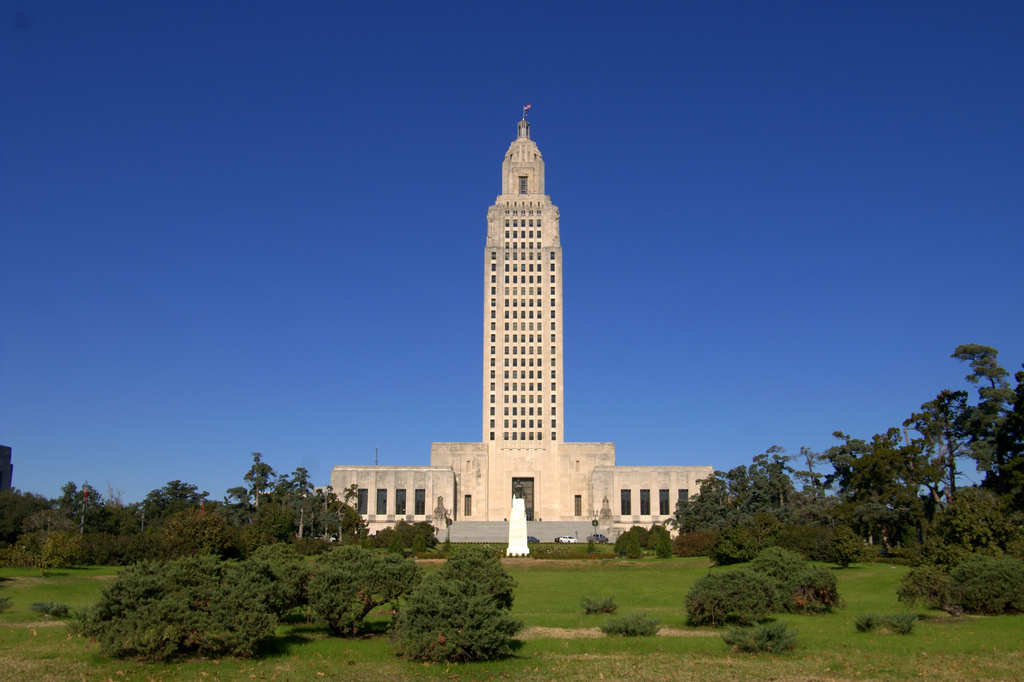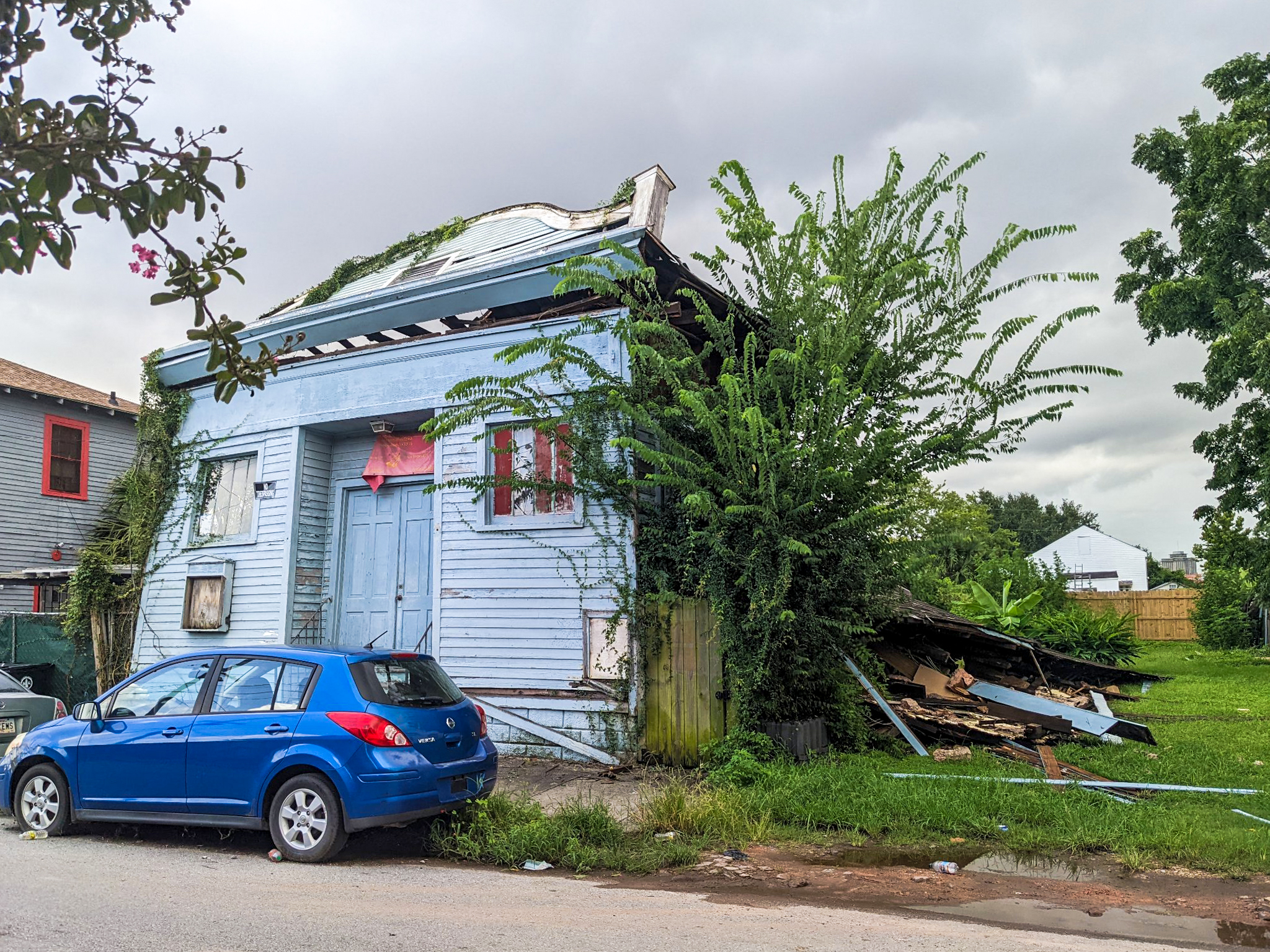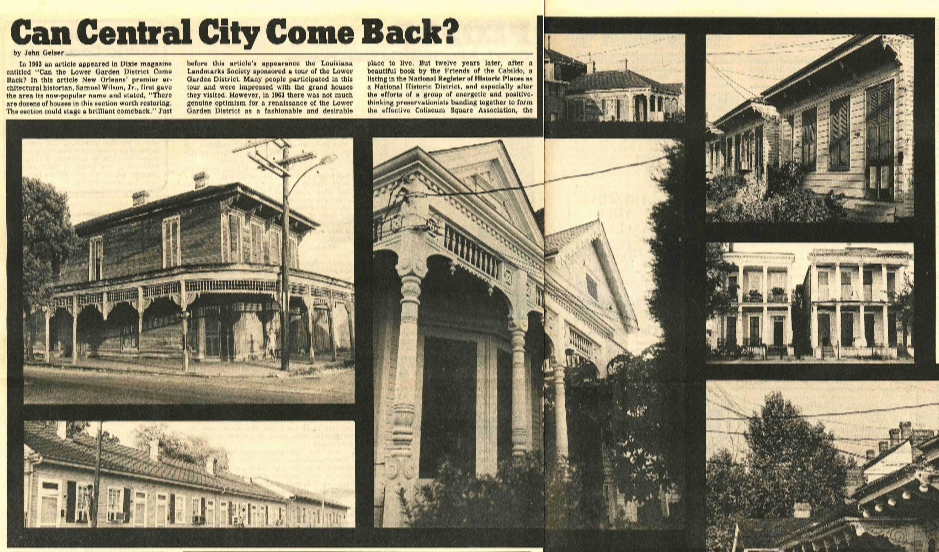Today, May 16, the Louisiana House of Representative may consider legislation that would repeal the state Historic Tax Credit, a proven economic development tool for cities across Louisiana. (HB 355 and HB 362) This credit has been catalytic in transforming buildings and communities across Louisiana, and its loss would be devastating. Your immediate help is crucial to make our policymakers aware of the tremendous economic potential we stand to lose.
It is imperative that you let your legislator know that you oppose HB 355 and HB 362 if they contain language repealing the state Historic Tax Credit, or altering it in a way that would make it more restrictive.
Call and Email your legislator TODAY!
Click here to find your legislators and their contact information — enter your address and find the name for “Louisiana House District”
Sample phone message:
Hi, my name is _______ and I am a resident of (your town, LA). Your leadership is needed to preserve the Louisiana Historic Tax Credit, which is a proven revitalization and economic development tool that more than pays for itself. Please oppose House Bills 355 and 362 in any form that could repeal the state HTC or alter it in a way that would make it more restrictive.
Sample email:
Dear (Representative),
As a supporter of economic development through historic preservation throughout Louisiana, I strongly urge you to oppose HB 355 and HB 362 if they contain language repealing the state HTC or altering the state HTC in a way that would make it more restrictive.
Louisiana is consistently a national leader in historic preservation. In 2016, Louisiana was number one in the nation in the number of HTC projects underway. The HTC is being used throughout Louisiana, from our smallest rural communities, to our Main Street towns, to our largest cities. Now is a very important time for Louisiana to build on its successes, and we need the HTC to remain in place if we are to do that.
A recent study by PlaceEconomics gives irrefutable proof of the catalytic role of historic preservation projects in Louisiana. Their remarkable findings show that, in the past 10 years:
- 698 buildings have been rehabilitated using the Louisiana Historic tax credit.
- Ultimately every $1 that the State of Louisiana provides in historic tax credits spurs $8.76 in additional economic activity
- An estimated $1,273,000,000 in investment using the federal historic tax credit – nearly 60% of the total – would not have taken place were it not for the existence of the Louisiana Historic Tax Credit. Had this investment not been made, each year Louisiana would have seen, on average:
- 1497 fewer jobs
- $78,518,000 less in labor income
- $10,735,000 less in state tax collections
When used in combination with the Federal Historic Tax Credit, nearly $2.7 Billion dollars has been invested in historic buildings.
As Louisiana works to strengthen its economy and increase its fiscal outlook, it is important our state build on its strengths. The Historic Tax Credit is a proven economic development and revitalization tool in cities across the state. Through your leadership on this issue, you can encourage Louisiana’s vitality by defending a financial incentive that allow communities to stimulate economic development and job-creation, reduce blight, and maintain our built heritage.
Sincerely,
Your Name
Additional talking points:
- Louisiana is consistently a national leader in historic rehabilitation activity. Our leadership is due in part to the state’s effective state historic tax credit.
- In 2016, the Louisiana Legislature passed legislation to create a task force to review the state’s major budget items. The final version of that report concluded that the state historic credit should be unaltered until its natural sunset date in 2022.
- Two independent studies have concluded the state historic credit provides approximately $3.00 in total tax collections for every $1.00 of tax credit.
- In addition, a recent study found that $1.00 of state historic tax credit spurs $8.76 in additional economic activity.
- Historic tax credit projects increase income, property, franchise, and sales taxes not previously generated by vacant or blighted buildings.
- Before the credits are issued and can be claimed, all construction costs are incurred, the work generating the credits must be completed, and the property must be placed in commerce.
- A recent study commissioned by the Lt. Governor’s office will show that the state receives more than $.40 of its investment back before the credit can even be taken.
- Historic tax credit projects produces both construction and permanent jobs. This same study also found that each year, on average, the state’s rehabilitation projects generate 1,725 direct jobs and an additional 1,429 indirect and induced jobs.
- More than 800 projects across Louisiana have been completed in more than two dozen communities big and small.
- Approximately half of the projects receiving the state credit had total costs of less than $500,000, which demonstrates how important this program is to helping smaller projects.
- Each historic tax credit project results in the construction of new, permanent capital improvements that generate revenue for the state and local communities. Many improvements are catalytic, spurring additional development in the surrounding communities.
- The credit has value beyond bricks and mortar.
- Tourism is a significant component to our economy. The state historic tax credit is helping preserve the culturally significant buildings that make our community a unique attraction.
- During the last fiscal session in 2015, the legislature extended the sunset of the program to 2022 and authorized a review of the program prior to that date.
- During the 2015 session, the legislature also reduced the credit from 25% to 20% for expenses incurred after December 31, 2017, thereby reducing the fiscal impact of the program.
- The measures taken during the 2015 legislative session to control the fiscal impact of the program are sufficient to ensure that the program continues to operate in a fiscally sound manner.







